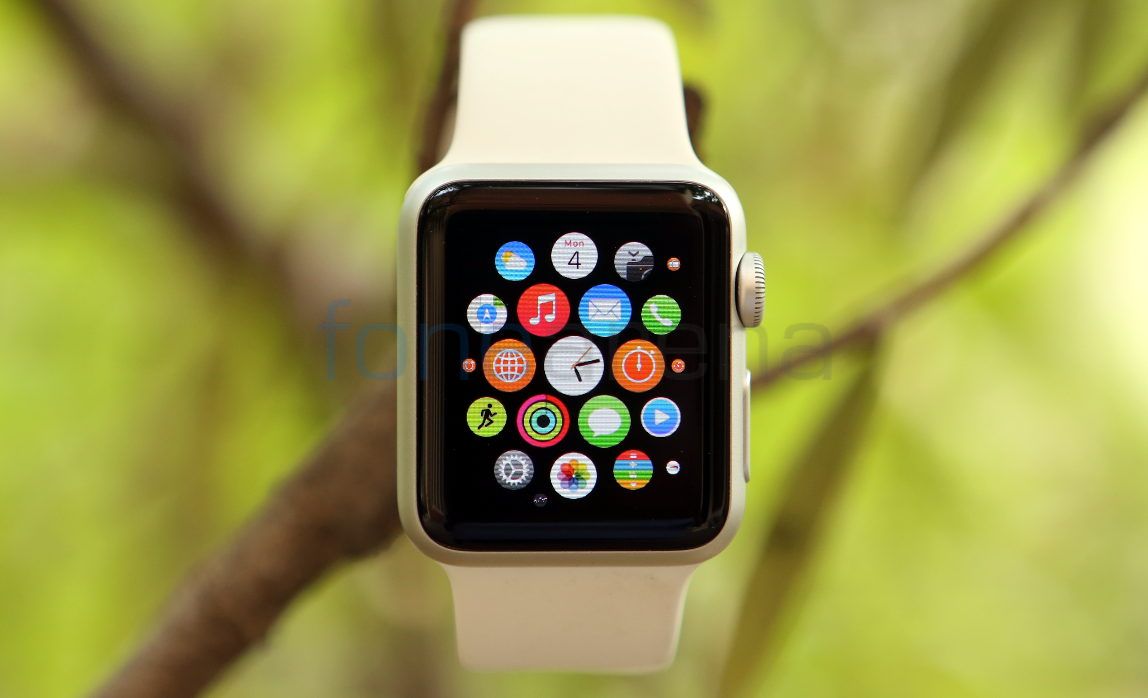
Worldwide shipments of wearable devices are expected to reach 101.9 million units by the end of 2016, representing 29.0% growth over 2015, according to the International Data Corporation (IDC) Worldwide Quarterly Wearable Device Tracker.
The research firm says that market for wearable devices will experience a compound annual growth rate (CAGR) of 20.3%, culminating in 213.6 million units shipped in 2020. Cellular connectivity and applications are other factors driving the wearables market forward.
Jitesh Ubrani, senior research analyst for IDC Mobile Device Trackers said,
Unlike the smartphone, which consolidated multiple technologies into one device, the wearables market is a collection of disparate devices. Watches and bands are and always will be popular, but the market will clearly benefit from the emergence of additional form factors, like clothing and eyewear, that will deliver new capabilities and experiences. Eyewear has a clear focus on the enterprise as it stands to complement or replace existing computing devices, particularly for workers in the field or on the factory floor. Meanwhile, clothing will take aim at the consumer, offering the ability to capture new forms of descriptive and prescriptive data.

Giving insights about various wearable products the report said that smartwatch category is expected to increase from 41.0% of total wearables shipments in 2016 to 52.1% in 2020. It further says that future growth will come from basic watches that provide some sort of fitness/sleep tracking. In case of fitness tracking devices, IDC expects that the maket which is driven by low cost vendors Xiaomi and giants like Fitbit, this category will remain influential and accessible.
Ramon T. Llamas, research manager for IDC’s Wearables program,
Cellular connectivity essentially frees the wearable from being tethered to a smartphone. The immediate use case will be to make telephone calls, but it goes well beyond that. Cellular connectivity on a wearable can transmit and receive data, including time, location, and other data about a user and his or her surroundings. Imagine what that means when tracking steps, analyzing patient activity, or shopping: the information can be shared immediately with a second or third party, and the user can, in turn, receive context appropriate information back. Applications increase the value and utility of a wearable, and users want to see more than just their health and fitness results. News, weather, sports, social media, and Internet of Things (IoT) applications will all have a place on a wearable. And, when combined with cellular connectivity, users will not have to take out their smartphones to get the latest information. All they will need to do is glance at their wearable.”
